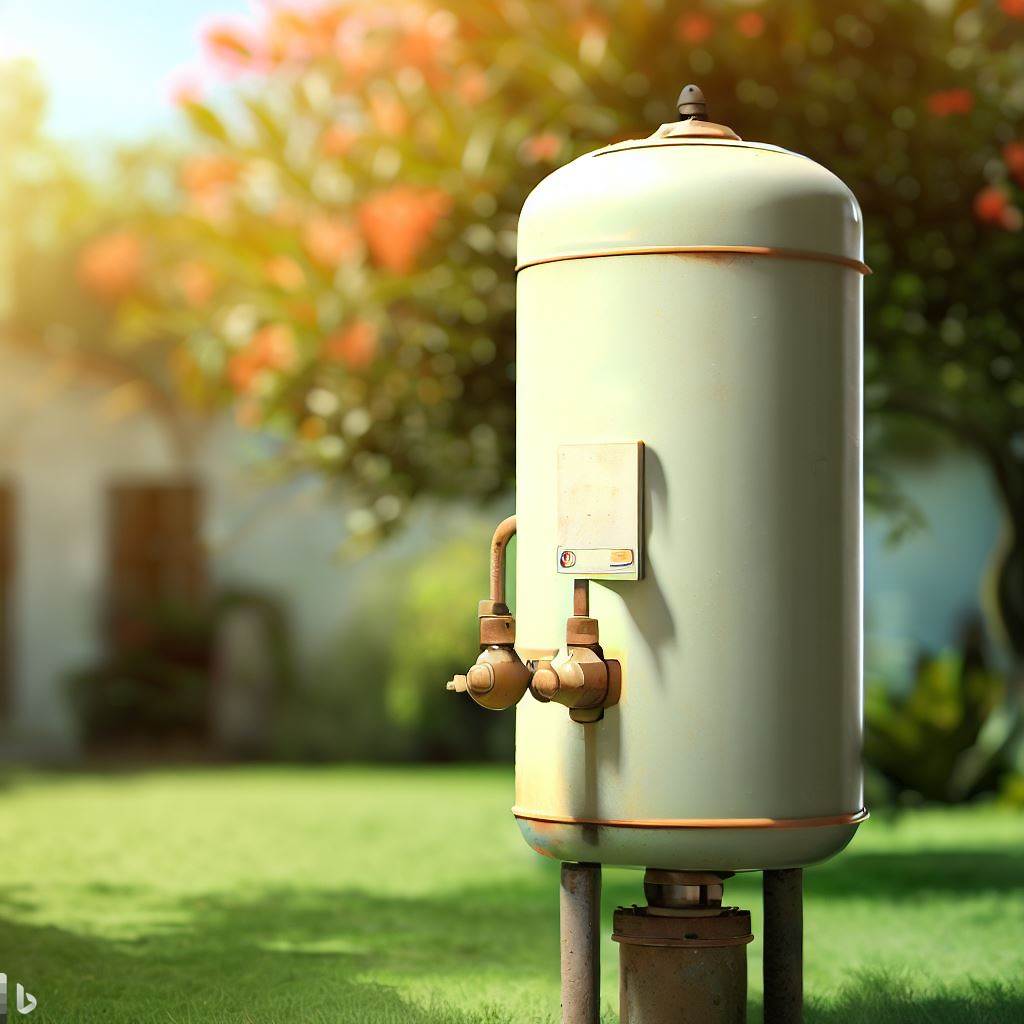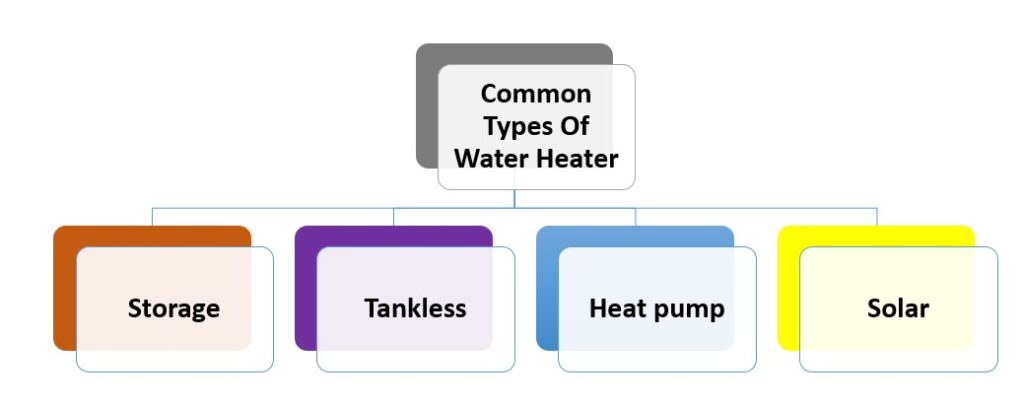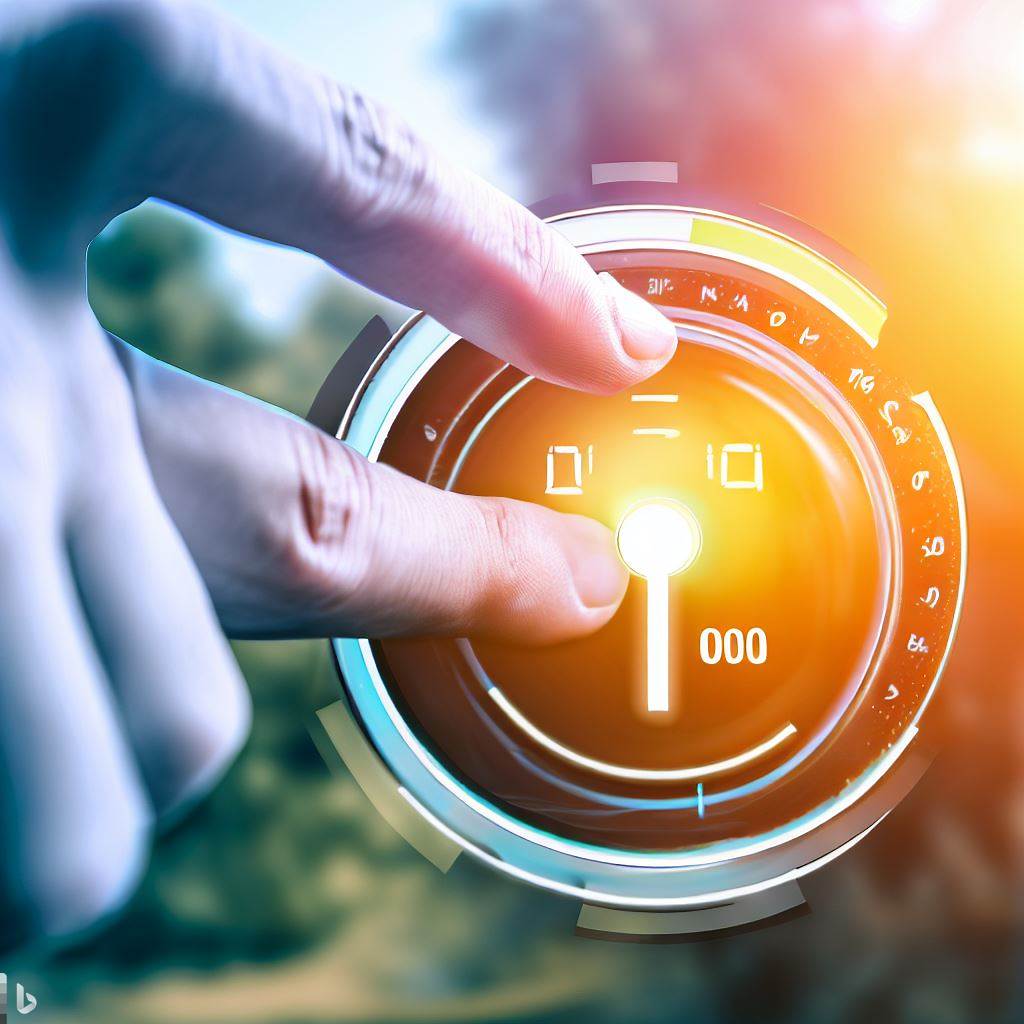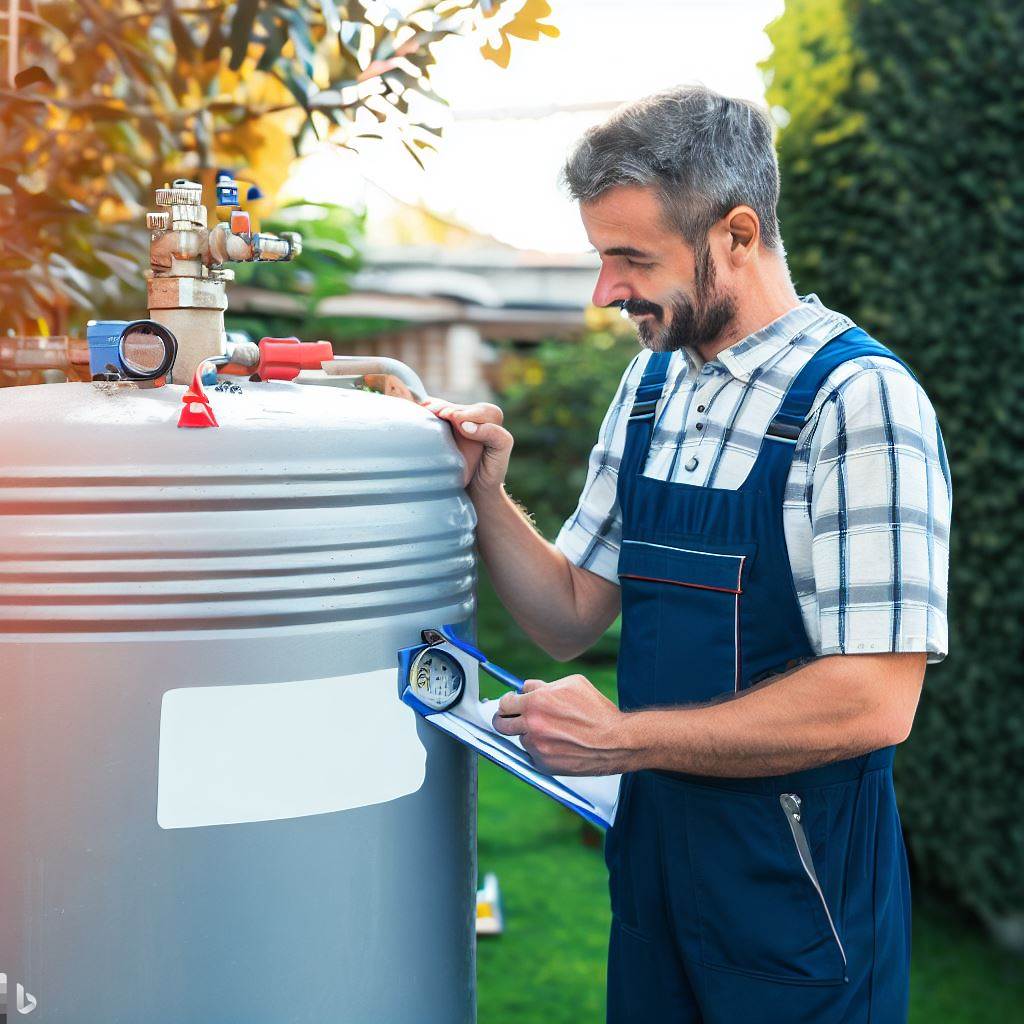Table of Contents
To keep your water heater warm and functioning efficiently, it’s crucial to understand why it’s important. By exploring the significance of maintaining optimal water heater temperatures, we can ensure cost-effective energy usage and prevent potential risks. In this section, we’ll delve into the reasons behind the necessity of keeping your water heater warm.
Key Takeaways
- 1. Regularly check the temperature setting on your water heater to ensure it is set to an appropriate level. The recommended temperature is typically between 120 and 140 degrees Fahrenheit.
- 2. Insulate your water heater and the surrounding pipes to prevent heat loss. This can be done using insulation blankets or foam pipe insulation.
- 3. Consider installing a timer on your water heater to control when it operates. This can help you save energy and keep the water warm during times when it is most needed.
- 4. Flush your water heater regularly to remove sediment buildup. This can improve its efficiency and ensure that it continues to provide hot water effectively.
- 5. Inspect the pressure relief valve on your water heater to ensure it is functioning properly. This valve helps to prevent excessive pressure buildup and potential damage to the unit.
- 6. If you have an older water heater, consider upgrading to a more energy efficient model. Newer models are designed to retain heat better and can help reduce energy consumption.
- 7. Be mindful of any leaks or drips around your water heater. Even small leaks can lead to significant heat loss and should be addressed promptly.
- 8. Consider using a water heater blanket or jacket to further insulate your unit. These can be easily installed and help to reduce heat loss.
- 9. If you are going on vacation or will be away from home for an extended period, consider turning off your water heater to save energy. Just be sure to follow the manufacturer’s instructions for safely turning it back on.
- 10. Regular maintenance and inspections by a professional can help ensure that your water heater is functioning optimally and efficiently. Consider scheduling an annual checkup to catch any potential issues early on.
Why is it important to keep the water heater warm?
Firstly, it ensures a constant supply of hot water for all your needs – especially in colder months when cold showers are unpleasant and inconvenient. Secondly, it prevents the growth of bacteria and pathogens in the tank – so you get cleaner, safer water.
On top of that, warm water heaters can help you save energy and money. When it’s always warm, less power is needed to heat up the cold water, resulting in better energy efficiency. That means lower bills and a smaller carbon footprint.
Plus, proper care of your water heater, with a consistent warm temperature, will make it last longer and reduce the need for costly repairs or replacements. This prevents corrosion and sediment buildup which can lead to breakdowns.
How does a water heater work?

Water heaters are essential for hot showers, cooking and cleaning. But how do they work? Let’s explore!
Inside, you’ll find a tank full of cold water. Heating elements or burners warm it up. When you turn on a hot tap, a sensor or thermostat triggers them.
Common types of water heaters

We’re taking a deep dive into the world of water heaters! There are various types with different features to cater to different needs. Check out this comprehensive table:
| Type | Notable Features |
|---|---|
| Storage Tank | – Large storage capacity for hot water – Constant supply of hot water |
| Tankless | – Compact design for space-saving – Energy-efficient operation |
| Heat Pump | – Utilizes heat pump technology to generate hot water efficiently – Conserves energy by transferring heat from surrounding air or ground |
| Solar | – Uses solar panels to capture sunlight and convert it to heat – Environmentally friendly and cost-effective |
Plus, some models come with smart features like Wi-Fi connectivity. Tankless units are popular for their compact style and energy efficiency. Solar water heaters can reduce energy costs by up to 50%!
Tips for keeping the water heater warm
To keep your water heater warm and functioning optimally, try these effective solutions. Insulating the water heater tank, adjusting the temperature settings, using a water heater blanket, and regular maintenance and checks.
Insulating the water heater tank
Sometimes, water heater tanks don’t preserve heat well. This leads to more energy use and higher bills. You can prevent this by insulating the tank. Here are 6 steps to help you do this:
- Turn off the power supply to the water heater. For your safety.
- Empty the tank of any water.
- Clean the exterior surface of the tank.
- Measure and cut insulation material that fits the tank size.
- Securely wrap insulation material around the tank.
- Tape or fasten the insulation material in place.
Insulating your tank helps you keep hot water longer. It also decreases standby heat loss, saving you on utility bills. Plus, it takes the strain off the water heater elements, making them last longer.
Adjusting the temperature settings

Switch off the power. Before you do anything else, make sure to turn off your water heater’s power supply. This will keep you safe from accidents or damage.
Locate the temperature dial. It’s usually located on the front or side of the water heater. There could be labels like “hotter” or “colder” or temperature settings marked.
Set your desired temperature. Be careful when altering the temperature, as water that’s too hot can burn. Start by setting it at 120 degrees Fahrenheit (49 degrees Celsius). You can adjust it depending on what you prefer.
Wait for the changes to take effect. After adjusting the temperature settings, give it some time to regulate. Check the water temperature in different faucets around your home to make sure it’s at the level you want.
Think about energy efficiency. Lowering the temperature of your water heater can help you save energy. For every 10 degrees Fahrenheit (6 degrees Celsius) you lower it, you can save up to 3-5% of your energy use.
Using a water heater blanket
A water heater blanket is a great way to keep your water heater warm and working efficiently. Here are the key benefits:
- Insulation: Prevents heat loss from the tank, so less energy is needed to keep the desired temperature. This will lead to lower energy bills!
- Temperature: By reducing heat loss, your water will stay warmer for longer. Perfect for colder months.
- Lifespan: Reducing strain on your water heater allows it to work more efficiently, potentially prolonging its lifespan.
It’s important to choose one designed specifically for water heaters and that has easy installation instructions. Without a water heater blanket, your water heater could lose heat, leading to higher energy consumption and bills.
Regular maintenance and checks

Ensure your water is warmed up! Lick a penny and throw it in the bathtub for a shock of warmth.
For optimal functioning and longevity of your water heater, maintenance and checks are essential. Here’s what to do:
- Check the pressure relief valve: Test it occasionally to make sure it works properly.
- Drain and flush the tank: Get rid of sediment build-up for better efficiency and cleaner water flow.
- Inspect the anode rod: Look for signs of deterioration for a longer life and fewer repairs.
- Search for leaks: Act quickly if you find any cracks or leaks on the tank or connections.
- Test the thermostat settings: Make sure the water is heated to the desired temperature.
- Check the electrical connections: Look at all connections regularly to prevent hazards.
Ventilation around the water heater is also important. Neglecting it can cause inefficiency and more energy consumption.
Alternative methods for keeping water warm without a heater
To keep water warm without a heater, there are alternative methods you can consider. Using heat tape or cables, utilizing an anode rod for passive heating, and other creative solutions for specific situations. Discover these innovative solutions to effectively keep your water warm.
Using heat tape or cables
Heat tape or cables provide an efficient and convenient solution for your water heating needs. Benefits include:
- Energy efficiency – less power consumption while effectively heating the water.
- Versatility – can be used in various settings, such as pipes, tanks, and troughs.
- Easy installation – no specialized skills required. Just follow the manufacturer’s instructions.
- Temperature control – you have control over the temperature settings.
Utilizing an anode rod for passive heating
An anode rod is an incredible way to tap into passive heating. This metal rod helps you heat water without a regular heater. Let’s look closer into how it works and its advantages.
To understand the possible uses of an anode rod for passive heating, here are some details:
| Column 1 | Column 2 |
|---|---|
| Material | Magnesium |
| Length | 42 inches |
| Diameter | 0.84 inches |
| Lifespan | 3-5 years |
Magnesium anode rods, measuring 42 inches in length and 0.84 inches in diameter, usually last between 3 and 5 years. These specs are important for successful usage.
In addition to these, there are other noteworthy aspects to consider. The rod wears away over time, protecting your water tank from rust and other damage. This not only helps keep the water warm but also has long-term benefits for water quality.
Other creative solutions for specific situations
Finding ways to keep water warm without a heater? There’s plenty of creative solutions. These can provide warmth and comfort in various scenarios, when a traditional heater isn’t accessible or practical.
Solar power is one option. With specially designed solar panels, you can harness energy from the sun and heat water sustainably. This works especially well in sunny regions – for both homes and businesses.
Heat exchangers are another useful tool. They transfer heat from one source to another, letting you take advantage of existing heat sources – like air conditioning units or industrial processes.
In colder climates, geothermal heating systems are a great choice. They use underground temperatures to raise the water temp. It requires installation and initial investment, but it can reduce energy consumption in the long run.
Unique details also exist to keep water warm without a heater. Composting and microbial activity can generate heat. You can also capture waste heat from appliances or recycle hot water from showers/baths.
And don’t forget: electric tankless water heaters save up to 50% energy costs compared to traditional tank water heaters. But, be careful when experimenting with creative solutions – you don’t want a steamy situation or a hot mess.
Safety precautions and considerations
To ensure the safety of your water heater, it is important to take certain precautions and consider potential risks. When it comes to adjusting temperature settings, there are risks involved that you need to be aware of.
Risks associated with adjusting temperature settings
Adjusting temperature settings can be risky. Fire hazards, health implications, and energy wastage are all potential issues.
Fire hazards can arise from haphazard or incorrect adjustments leading to overheating of electronics.
Rapid changes in temperature can cause adverse effects on the body such as dehydration, heat stroke, or hypothermia. It is best to adjust slowly.
Incorrect settings can lead to higher energy consumption, thus wasting resources. Optimization is key to conserve energy.
Temperature adjustments also improve indoor air quality. Airflow prevents pollutant accumulation and enhances ventilation.
In 2015, a fire incident occurred due to a faulty thermostat setting. This could have been avoided with careful consideration and regular maintenance.
Potential Legionella risk and prevention
Legionella is a potential danger that must be faced. We will discuss the risk and prevention measures now.
To know and tackle the potential Legionella risk, it is important to check out the factors that help its growth and spread. The list below gives a complete overview of these factors and corresponding prevention methods:
| Risk Factors | Prevention Methods |
|---|---|
| Stagnant water in plumbing systems | Regularly clean and disinfect water tanks and pipes |
| Presence of biofilms | Use water treatment plans to control biofilm formation |
| Inadequate temperature control | Keep hot water systems at temperatures above 60°C |
| Lack of proper maintenance | Regular inspection and maintenance of cooling towers and HVAC systems |
For example, certain people, like elderly or those with weaker immune systems, may be more vulnerable to Legionella-related illnesses. Therefore, extra caution should be taken with vulnerable groups.
Frequently Asked Questions
How can I keep my water heater warm?
To keep your water heater warm, you can insulate it with a water heater blanket or insulation tape. You can also check the temperature dial and set it to a higher value. Regular maintenance, such as checking the anode rod and flushing the tank, can also help maintain the heater’s efficiency.
What can I do to keep my water tank warm in winter?
In winter, you can keep your water tank warm by insulating it with a blanket or insulation tape. This helps prevent heat loss and keeps the water inside the tank hot for longer. You can also adjust the temperature dial to a higher setting to compensate for the colder weather.
Can I keep my fish or turtle tank water warm without a heater?
You can keep fish or turtle tank water warm without a heater by using alternative methods such as aquarium heaters, heat lamps, or submersible heating pads. These methods help maintain a stable temperature for your aquatic pets without the need for a traditional water heater.
What are the benefits of keeping my water heater warm?
Keeping your water heater warm ensures that you always have hot water readily available for showers, washing dishes, or other household uses. It also helps improve energy efficiency, reducing your utility bills and prolonging the life of your water heater.
How can I save money on my energy bill by keeping my water heater warm?
By properly insulating your water heater and regularly maintaining it, you can save money on your energy bill. Insulation prevents heat loss, reducing the need for the heater to work harder to maintain hot water. Regular maintenance ensures optimal performance and efficiency, further decreasing energy costs.
Are there any risks associated with keeping a water heater too hot?
Keeping a water heater set to excessively high temperatures can pose a risk of scalding or burns. It is recommended to set the temperature to a safe level, usually around 120 degrees Fahrenheit (49 degrees Celsius). This temperature is sufficient for most household tasks and minimizes the risk of accidents.
Conclusion
To keep your water heater warm and functional, take these steps: Check the temperature and adjust it if needed. A simple twist of the dial can help keep the water hot. Insulate the tank with a blanket or the pipes to help retain heat. Flush the tank regularly to remove sediment buildup.
